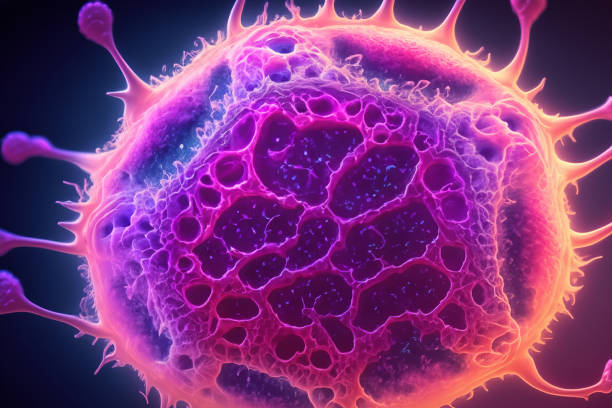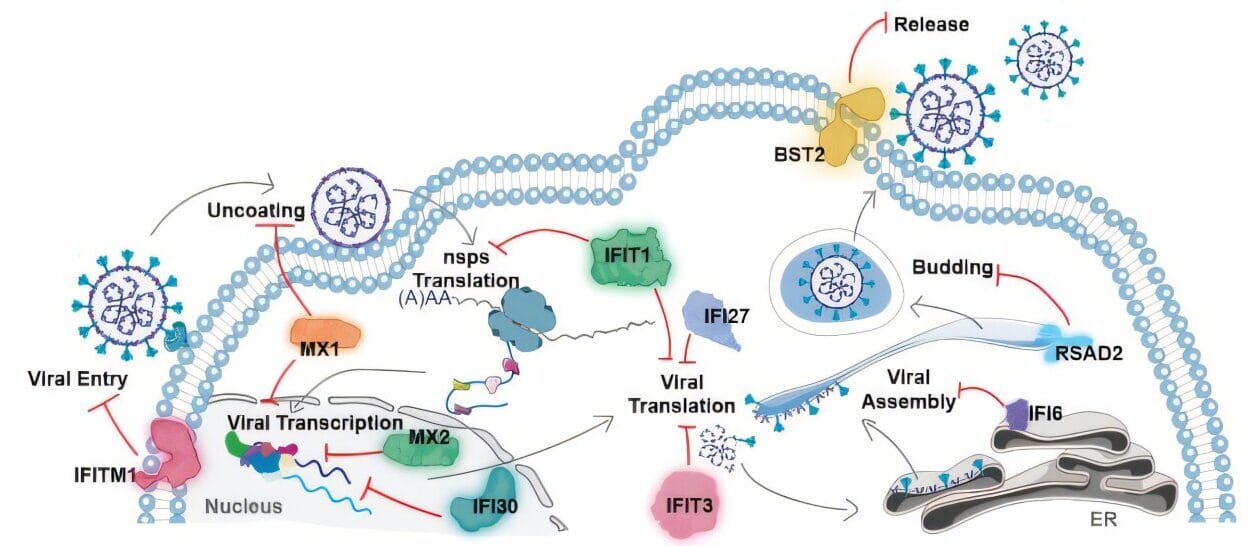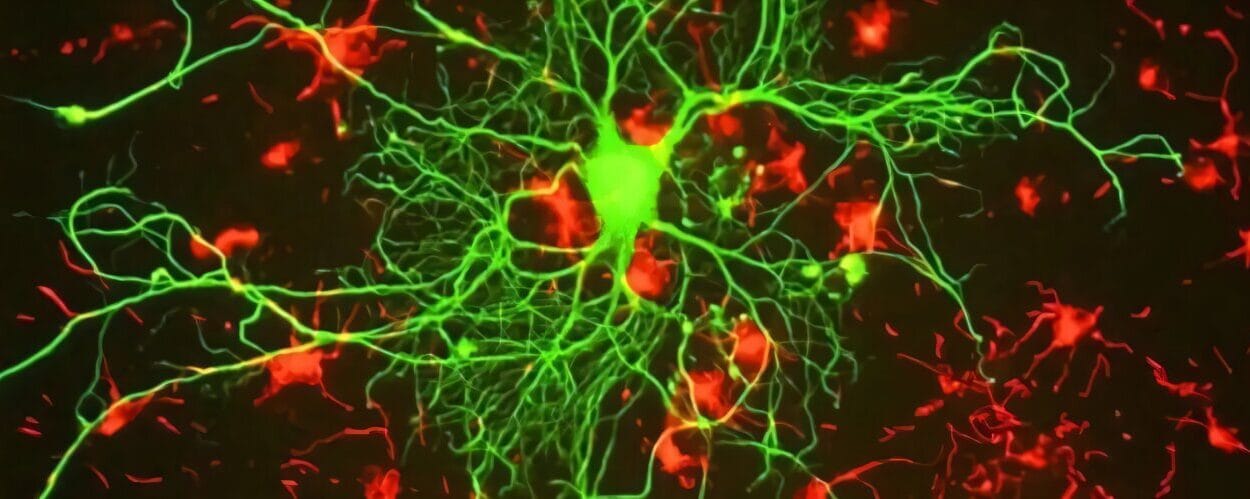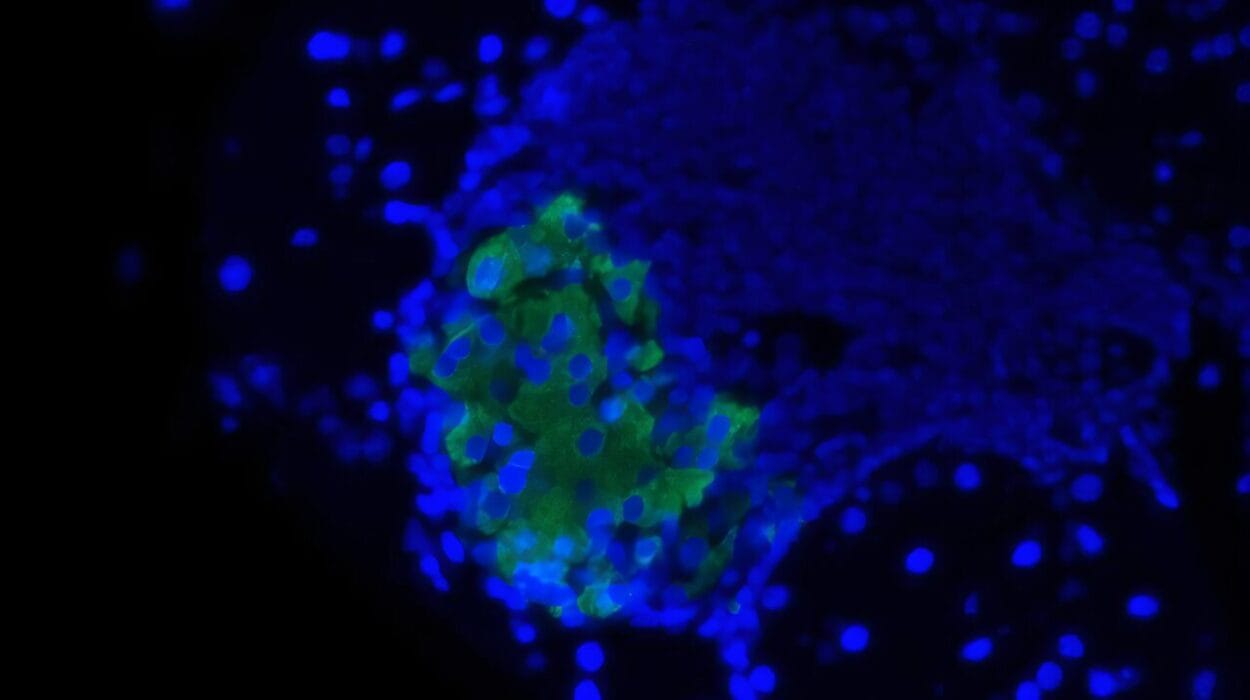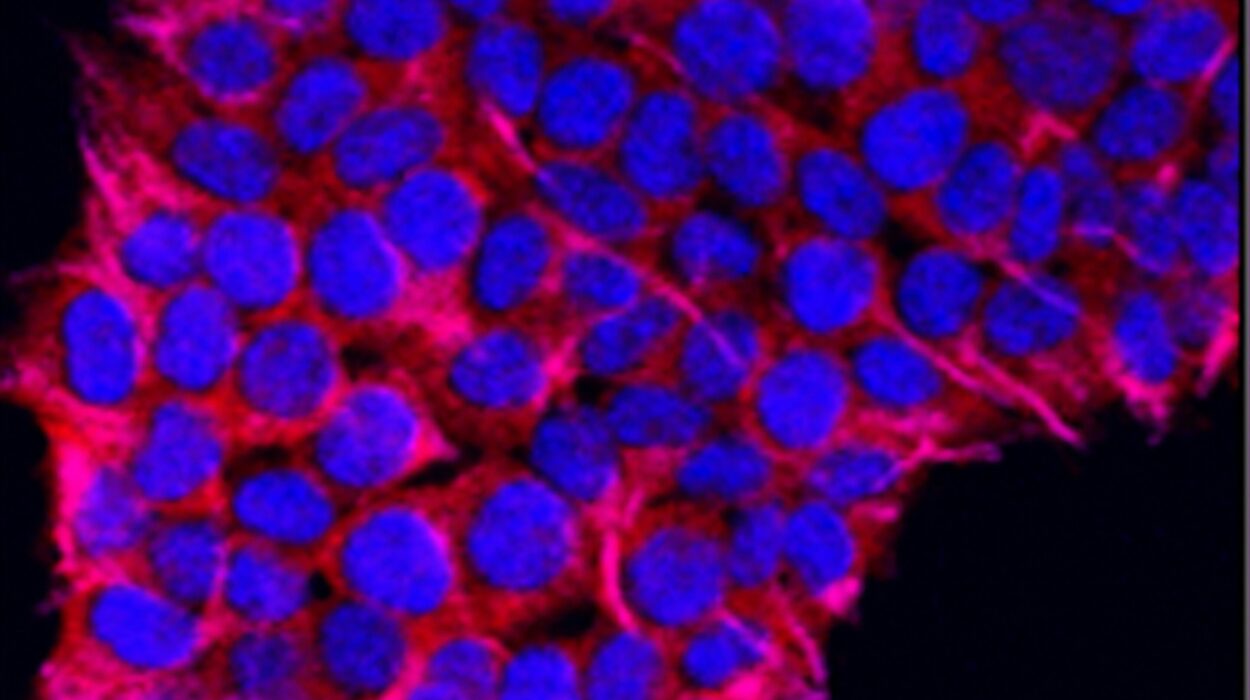Cancer touches nearly every corner of the globe. In fact, one in every five people worldwide will develop cancer in their lifetime, and one in nine men and one in twelve women will die from it. These sobering statistics come from the World Health Organization’s International Agency for Research on Cancer, which estimates that over 20 million new cancer cases were diagnosed in 2022 alone. Yet, despite these staggering numbers, early detection remains one of our most powerful, and most underused, weapons.
Cancer is not a single disease but a collective term for more than 100 distinct conditions, each with its own triggers, growth patterns, and effects on the body. While the risk of developing cancer can be influenced by genetics, lifestyle, and environmental factors, early diagnosis can dramatically change outcomes for many of the most common forms. Some can be prevented almost entirely through vaccination or screening. Others can be treated effectively if found early—before they spread beyond their point of origin.
Understanding which cancers are most prevalent and how they manifest is key to turning the tide. Let’s take a deep dive into the world’s most common cancers, how they develop, who they affect most, and the critical signs and screening tools that can detect them before it’s too late.
Lung Cancer Leads with Lethality
Lung cancer is the world’s deadliest cancer, claiming more lives each year than breast, colon, and prostate cancers combined. It’s estimated that nearly 2.2 million people are diagnosed annually, with more than 1.8 million deaths. Its stealth is part of its danger. By the time symptoms like coughing, chest pain, or weight loss appear, the disease is often advanced.
There are two main types: non-small cell lung cancer, which makes up about 85 percent of cases, and small cell lung cancer, which is faster-growing and more aggressive. Smoking is by far the biggest risk factor, but non-smokers are not immune. Air pollution, secondhand smoke, and occupational exposure to substances like asbestos and radon also play a role.
Early detection is possible through low-dose CT scans, particularly for those at high risk—typically adults aged 50 to 80 with a long history of smoking. Studies have shown that such screening can reduce mortality by as much as 20 percent in heavy smokers. The challenge is that most people don’t undergo this type of screening, often due to lack of awareness or access.
Breast Cancer Affects More Women Than Any Other
Breast cancer has now overtaken lung cancer as the most diagnosed cancer globally, though it ranks lower in total deaths due to better survival rates. It is the most common cancer in women, but men can develop it too, albeit rarely. Over 2.3 million new cases are diagnosed each year, with breast cancer contributing to around 685,000 deaths.
The disease begins when cells in the breast grow out of control, usually forming a lump or mass. While many breast lumps are benign, changes in breast shape, size, or skin texture should prompt immediate evaluation. Family history, genetic mutations (like BRCA1 and BRCA2), hormone replacement therapy, and lifestyle factors such as alcohol use and obesity all contribute to risk.
Mammograms remain the gold standard for early detection. Most guidelines recommend that women begin screening between ages 40 and 50 and continue regularly thereafter. Self-examinations and clinical breast exams also play a role in identifying abnormalities between screenings.
Importantly, breast cancer caught early—while still confined to the breast or nearby lymph nodes—is often highly treatable, with five-year survival rates exceeding 90 percent in many countries.
Colorectal Cancer is Rising Among the Young
Once considered a disease of older adults, colorectal cancer is increasingly showing up in people under 50, especially in developed nations. It’s the third most commonly diagnosed cancer worldwide and the second leading cause of cancer-related death. The colon and rectum are parts of the digestive tract where this cancer takes root, often beginning as a small growth called a polyp.
Polyps can be benign for years before becoming malignant. That’s why screening is so vital. Colonoscopy is the most effective tool—it allows doctors to both detect and remove polyps during the same procedure. Other tests include fecal occult blood tests and stool DNA tests, which are less invasive but require follow-up if results are positive.
Symptoms like rectal bleeding, changes in bowel habits, abdominal pain, or unexplained weight loss can be early indicators, but like many cancers, colorectal cancer often grows silently. Regular screening is recommended starting at age 45 for those at average risk, with earlier screening advised for those with family history or certain genetic syndromes.
Prostate Cancer Grows Quietly in Men
Prostate cancer is the most commonly diagnosed cancer among men and the fifth leading cause of cancer death in males. The prostate is a small gland that helps produce seminal fluid, and cancer here can progress slowly or aggressively, depending on the subtype.
Most early-stage prostate cancers cause no symptoms. When they do arise, they might include difficulty urinating, blood in urine or semen, and pelvic discomfort. Many of these symptoms overlap with benign prostatic hyperplasia (BPH), which can complicate diagnosis.
Screening typically involves a prostate-specific antigen (PSA) blood test, sometimes combined with a digital rectal exam (DRE). There is ongoing debate about PSA testing because it can sometimes detect slow-growing tumors that might never cause harm, leading to overtreatment. Nonetheless, when prostate cancer is aggressive, early detection can make a crucial difference in survival.
Risk increases with age, and African-American men, in particular, face a higher likelihood of developing and dying from prostate cancer, though the reasons remain complex and not fully understood.
Stomach Cancer Often Arrives Too Late
Stomach, or gastric, cancer doesn’t make as many headlines as other cancers, but it remains one of the deadliest. It’s the fifth most common cancer globally but the fourth leading cause of cancer death. That discrepancy arises because it’s usually diagnosed late, when symptoms like nausea, indigestion, or unintentional weight loss have already appeared.
Infection with Helicobacter pylori, a bacterium that lives in the stomach lining, is one of the most important risk factors. Other contributors include a diet high in salty and smoked foods, smoking, and a family history of the disease.
Upper endoscopy is the most effective screening tool and is used more routinely in countries with high incidence, like Japan and South Korea. Their proactive screening programs have led to higher survival rates, offering a compelling case for global expansion of early detection initiatives.
Liver Cancer is Fueled by Infection and Inflammation
Liver cancer is the third leading cause of cancer-related deaths worldwide. It often arises in the setting of chronic liver disease, most commonly from hepatitis B or C infections, heavy alcohol use, or non-alcoholic fatty liver disease, which is linked to obesity and diabetes.
Because the liver is adept at compensating for damage, cancer can grow undetected for a long time. Symptoms such as jaundice, abdominal swelling, or pain typically indicate advanced disease.
Ultrasound screening every six months, often combined with blood tests for alpha-fetoprotein (AFP), is recommended for individuals at high risk. This includes people with known cirrhosis or chronic hepatitis infections.
Vaccination against hepatitis B is a powerful prevention tool and has helped reduce liver cancer rates in regions with strong immunization programs. Antiviral treatments for hepatitis C have also significantly changed the landscape of liver cancer prevention.
Cervical Cancer is Largely Preventable
Cervical cancer is one of the clearest examples of how early detection and prevention can save lives. It ranks as the fourth most common cancer in women globally but is almost entirely preventable with proper screening and vaccination. The cause is well understood—over 95 percent of cervical cancers are linked to persistent infection with high-risk human papillomavirus (HPV) types.
Screening methods like the Pap test and HPV DNA test can detect precancerous changes years before they develop into cancer. When found early, cervical cancer has one of the highest survival rates of any cancer.
The advent of the HPV vaccine has transformed prevention. When administered before sexual activity begins, it offers robust protection against the types of HPV most likely to cause cancer. Australia, which has high vaccine coverage and organized screening, is on track to virtually eliminate cervical cancer within the next decade.
Yet disparities remain stark. In low-income countries, where access to vaccination and screening is limited, cervical cancer remains a leading cause of cancer death among women.
Pancreatic Cancer is Ruthless and Hard to Find
Pancreatic cancer is a stealth killer, accounting for around 500,000 deaths annually. It’s notorious for being hard to detect and even harder to treat. Most patients are diagnosed when the disease is already advanced and surgical removal is no longer an option.
The pancreas lies deep in the abdomen, and tumors there often grow silently. When symptoms appear—jaundice, abdominal pain, back pain, or unintended weight loss—the cancer has typically spread. Risk factors include smoking, chronic pancreatitis, diabetes, and certain genetic syndromes.
There is no effective general screening test for pancreatic cancer, though people with inherited risk or strong family history may benefit from specialized surveillance using endoscopic ultrasound or MRI.
Research into biomarkers and liquid biopsies is ongoing, with the hope of identifying early warning signs through a simple blood test. But for now, pancreatic cancer remains one of the most lethal forms of the disease, with a five-year survival rate below 10 percent.
Skin Cancer is More Than Just a Mole
Skin cancer is the most common cancer globally when all types are counted, though many forms are highly treatable. Melanoma is the deadliest skin cancer, while basal cell and squamous cell carcinomas make up the bulk of cases and are usually caught early.
Ultraviolet (UV) radiation from the sun and tanning beds is the primary cause of most skin cancers. Fair-skinned individuals, those with a history of sunburns, and people living at high altitudes or near the equator face the highest risks.
Early detection is highly visual. Dermatologists recommend regular skin self-exams to look for changes in existing moles or the appearance of new, unusual growths. The ABCDE rule—Asymmetry, Border irregularity, Color variation, Diameter over 6mm, and Evolving shape—serves as a guideline.
Annual skin checks by a healthcare provider are also beneficial, especially for those at higher risk. Prevention through sun protection and education remains the most effective approach.
Cancer Disparities and the Geography of Inequality
Though cancer is a universal threat, it does not affect all people equally. Access to early detection and quality care varies dramatically between high-income and low-income countries. In wealthy nations, robust screening programs, public awareness campaigns, and cutting-edge treatments mean that many cancers are caught early and treated effectively.
In contrast, in parts of Sub-Saharan Africa, South Asia, and Latin America, late-stage diagnosis is the norm. Lack of access to basic healthcare, vaccines, or even accurate information contributes to avoidable deaths. These disparities are especially tragic when it comes to cancers like cervical or colorectal cancer, where prevention or early removal of precancerous lesions could save countless lives.
Efforts by organizations such as the WHO, Gavi, and national cancer control programs are helping close the gap—but much work remains.
The Future of Early Detection is Personal and Predictive
New frontiers in cancer detection are emerging. Advances in genomics, artificial intelligence, and liquid biopsy technology are promising a future where cancer might be detectable long before symptoms emerge. Blood tests that look for DNA shed by tumors—or even patterns of protein changes—could one day become routine annual screens, much like cholesterol tests today.
Artificial intelligence is being trained to read mammograms, colonoscopies, and even skin lesions with expert-level accuracy. Genetic profiling can now help tailor screening schedules to an individual’s specific risk, improving both precision and effectiveness.
These technologies are not science fiction. Some are already entering clinical practice. As they mature and become more accessible, they may rewrite the story of cancer diagnosis entirely.
Conclusion Finding Cancer Early is a Lifesaving Choice
Cancer is complex, but catching it early is simple—if we know where to look and when. Around the world, millions of lives could be saved each year if more people had access to the tools we already possess: screening, vaccination, early warning education, and equitable healthcare.
Whether it’s a mammogram, a colonoscopy, or a simple conversation with your doctor about family history, small steps can lead to monumental changes. In the battle against cancer, time is our most precious resource. And when we act early, time can be on our side.
